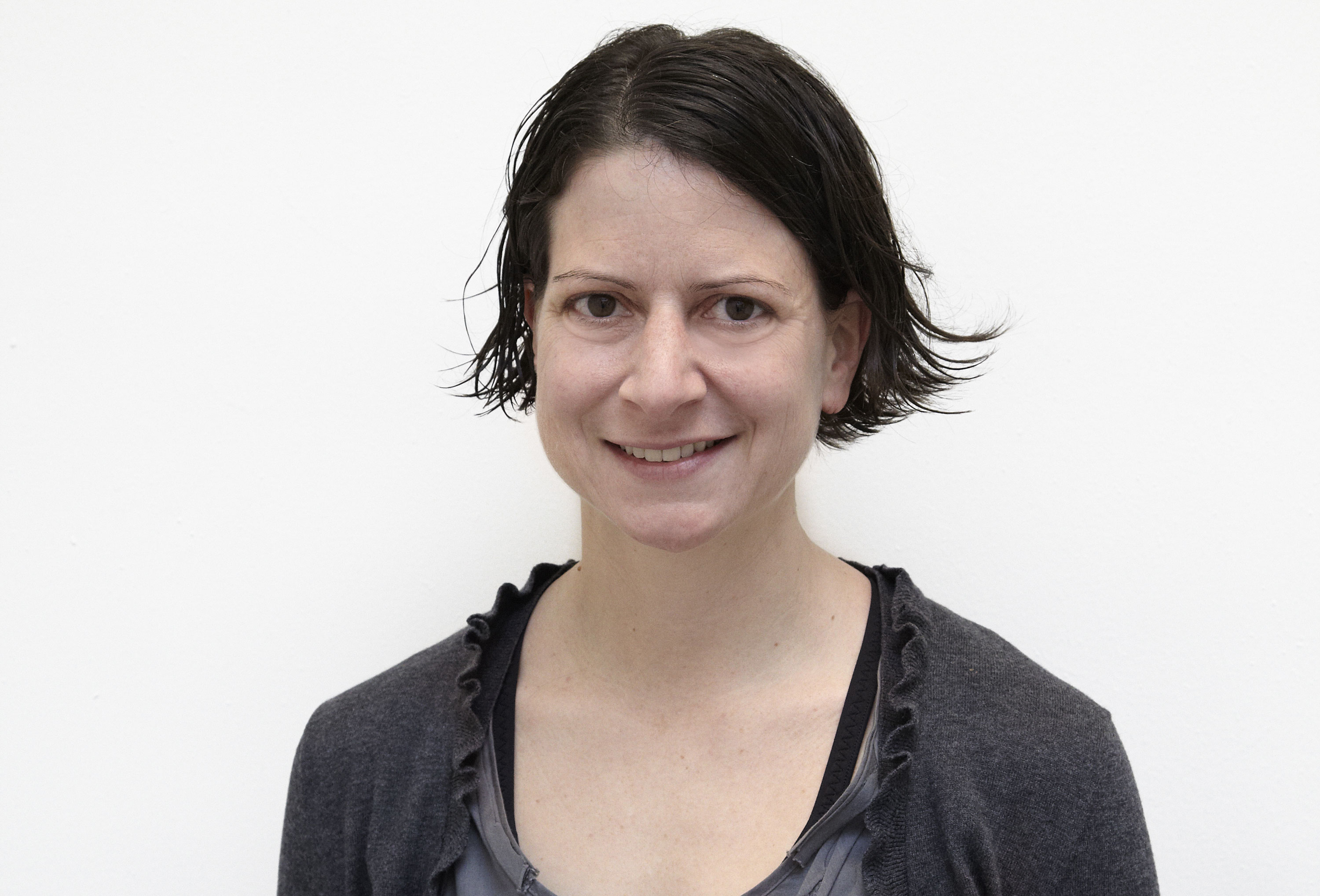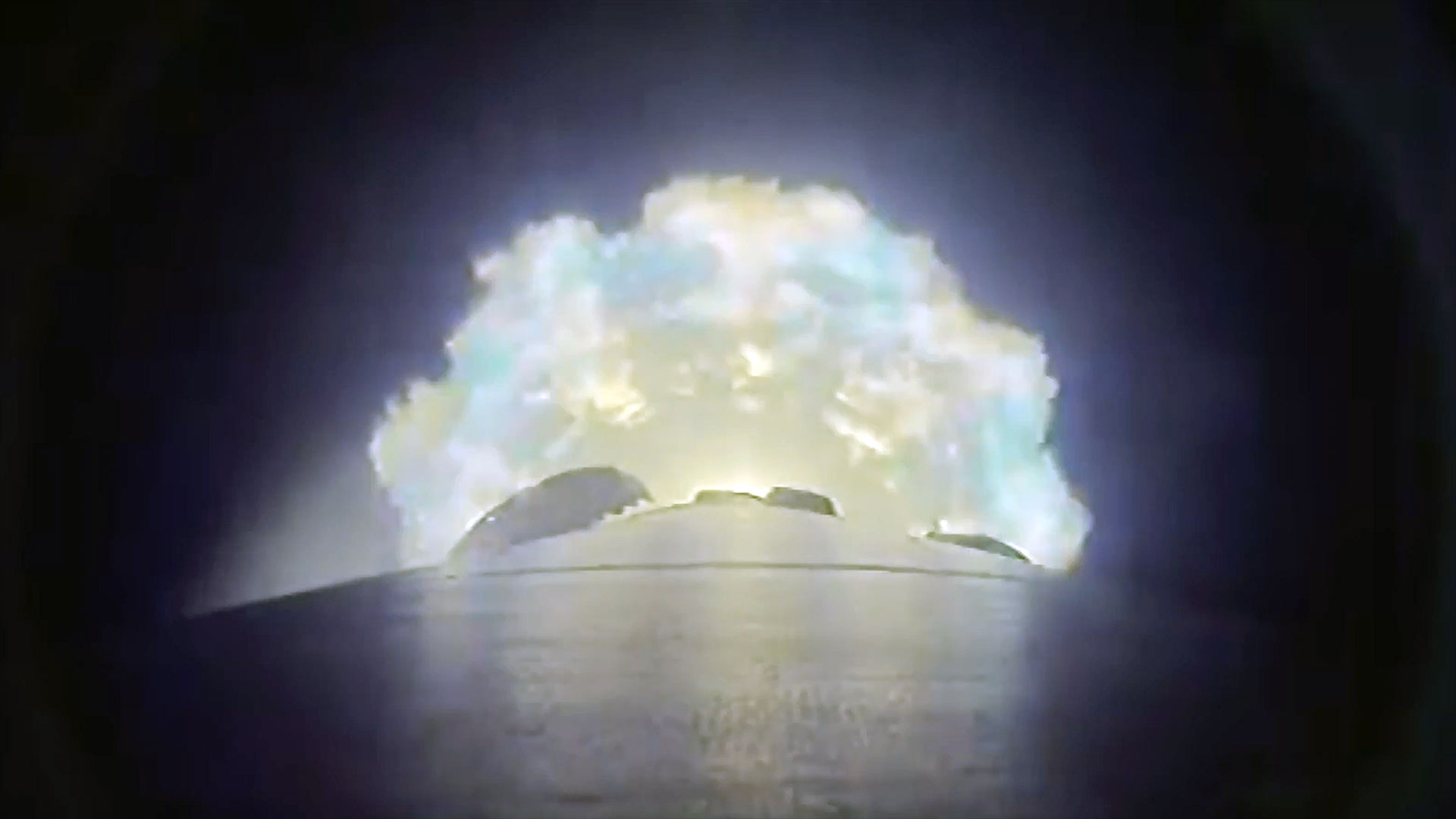Large Asteroid to Fly Past Earth
An asteroidthat's likely as big as several football fields will fly past Earth next week.Astronomers said the space rock will be visible the night of Jan. 29 to amateurastronomers with modest-sized telescopes.
Called 2007TU24, the asteroid was discovered by NASA's Catalina Sky Survey on Oct. 11,2007. It is estimated to be somewhere between 500 feet (150 meters) to 2,000feet (610 meters) in diameter.
Theasteroid makes its closest approach to Earth, 334,000 miles (537,500 kilometers),at 3:33 a.m. Eastern time (12:33 a.m. Pacific time). For comparison, the moonis an average of 239,228 miles (385,000 kilometers) away.
"Thiswill be the closest approach by a known asteroid of this size or larger until2027," said Don Yeomans, manager of the Near Earth Object Program Officeat the Jet Propulsion Laboratory in Pasadena, Calif.
However,that doesn't mean we won't hear about another flyby of thisnature before then. With relatively small space rocks, like this one,astronomers sometimes don't know they're passing through until right beforethey do.
There is nodanger of the asteroid striking Earth in the foreseeable future, the scientistssaid.
But if anasteroid with this size were to hit Earth, the results could be regionallydevastating. The impact itself would release about 1,500 megatons of energy,creating a crater about three miles (nearly five kilometers) wide and kickingup loads of debris, according to Yeomans.
Breaking space news, the latest updates on rocket launches, skywatching events and more!
"If ithit in the ocean, which is more likely because two thirds of the Earth isocean, it would create a tsunami, which would be devastating for the coastlinesthat happen to be nearby," Yeomans told SPACE.com. "It wouldbe a huge local problem and the tsunami would be extraordinary if it hit in theocean."
"Asits closest approach is about one-and-a-half times the distance of Earth to themoon, there is no reason for concern," Yeomans said. "On thecontrary, Mother Nature is providing us an excellent opportunity to performscientific observations."
At itsnearest, the asteroid will reach an approximate apparent magnitude 10.3, whichis about 50 times fainter than an object visible to the naked eye in a clear,dark sky. Then, it will quickly become fainter as it moves away.
Like other asteroids,this one orbits the sun. Most do so in the asteroid belt between Mars and Jupiter.NASA pays particular attention to those whose orbits bring them so close toEarth.
Given theestimated number of near-Earth asteroids of this size (about 7,000 discoveredand undiscovered objects), astronomers would expect an object of this size topass this close to Earth every five years or so on average. And about every37,000 years on average, an object this size would be expected to actually impactEarth.
Astronomershave catalogued hundreds of asteroids larger than a half-mile across that passin the vicinity of Earth's orbit. However, none of these are known to be on acollision course with our planet.
- Video: Asteroid Hunting
- The Enduring Mysteries of Asteroids
- Image Gallery: Asteroids

